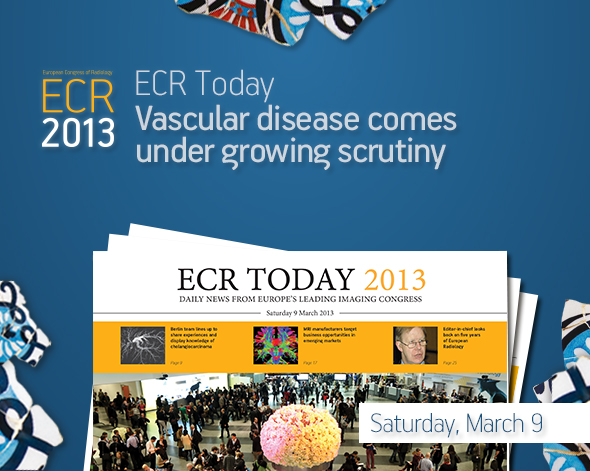ECR 2013 Rec: Imaging of renal trauma #A534 #CC1621
A-534 Imaging of renal trauma
V. Logager | Monday, March 11, 08:30 – 10:00 / Room C
Approximately, 10 % of all trauma admissions have kidney injuries. According to the American Association of Surgeons in Trauma (AAST), blunt traumas can be graded in a 5-point Renal Injury Scale. (Moore EE, Shackford SR, Pacher HL et.al. Organ Injury Scaling: Spleen, Liver and Kidney. J. Trauma 1989;29:1664-1666). On the basis of the patient’s clinical findings an imaging algorithm is set. In general, patients that are normotensive with microscopic haematuria have less than 0.2% risk of serious kidney damage and imaging is unnecessary, whereas patients with either: A) gross haematuria or B) microscopic haematuria and blood pressure less than 90mmHg or occasionally C) microscopic haematuria and positive result of diagnostic peritoneal lavage will require imaging. Contrast-enhanced CT is the way to go. Imaging should be in 3 phases (cortico medullary, delayed 3-5 min and late phase (more than 10 min). Image reading should be a multiplanar approach. Most of the findings do not require surgical intervention, the rest does. On the basis of case presentations, findings will be analysed, discussed and correlated to the patient’s clinical status and treatment possibilities, including where and which signs to look for. Which modality could be used to solve the diagnostic problem when the clinical picture does not fit with the radiological picture. Always expect the unexpected.


